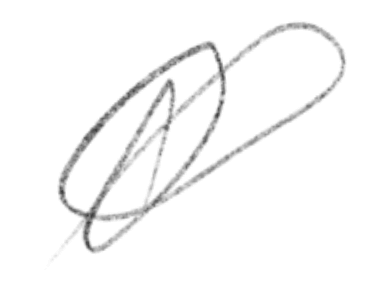Every company targeting millennials is asking the same question: How do you connect with a generation that is known to mistrust brands, a generation that refuses to be told what is cool? The smartest companies also want to know how to create visual relevance for a brand when trends seem irrational and design seems unpredictable.
It turns out that design – like fashion, art, music, and politics – is cyclical, and perhaps, predictable.
For the past 100 years, some of the best designs have recycled and reused trends, created something new out of something old. Which means if we study the past, we can have a pretty good idea of what the next design trend will be and how to get ahead of it.
Design Trends of Yesterday
In order to chart where design is headed, we need to understand where it has been. Take the iconic Obama Hope poster, as an example. At first glance, the messaging and design seem to have sprung out of nowhere. But when you look a little deeper – to the economic conditions of the time and where we were as a people, we can see glimpses of the 1930s. America was thick in the Great Depression and searching desperately for any hint of optimism. We called it a recession in 2008, but the sentiment was the same. And so was the design approach.
In the 1930s, the Works Progress Administration hired unemployed artists to create posters promoting social good, most famously for the National Park Service and Rural Electrification program. The imagery, which mixes aesthetics from Art Deco and American Folk, foster a sense of progress and social responsibility. The Hope poster, which was created by street artist Shepard Fairey, drew on similar themes and attempted to tackle similar objectives.
This kind of recycling happens every day in our industry. Designers and visual thinkers are always responding to cultural trends brought about by changing moods in society. As the culture changes, so do our tastes.
Design Trends of Today
We’ve become a nation of tinkerers, hackers, and DIYers. We want the sense of pride from doing things ourselves, not unlike the depression era generation. Artists have responded with an underlying sense of earnestness and strength in everything from packaging to poster design. If you’re paying attention to the current advertising and marketing space, you’ve no doubt noticed a distinctly lo-fi design trend.
Much of what we see today is focused on creating a sense of handcrafted authenticity. Reclaimed wood backgrounds, candid snapshots, and weathered type accented with hand-lettered script lend historical credibility to everything from beer and razors to the banking industry and beyond. It is a design trend that could have easily been predicted by anyone studying the cycle. What is happening now is reminiscent of the early 1900s.
At that time, the Arts and Crafts movement sought to distance itself from the Industrial Revolution, and it’s ability to churn out identical products. A century later we are attempting to recreate a pre-modern, analogue world in the midst of a full-scale digital take over. It’s beautiful and it can be effective, but the cycle never stops. This design trend is reaching critical mass. And soon it will be time for a change.
Design Trends of Tomorrow
Already the natural elements and subdued color palettes of the last decade are giving way to playful gradients and neon bright colors. While today looks little like the 2015 promised in Back to the Future II, this year will be defined by nostalgia for the post-modernism of the 80s and 90s. But what is next?
In the short term, trends influenced by ongoing prosperity and social reforms like last week’s ruling on gay marriage will propel a sense of lively exuberance in graphic design. Bright colors and playful shapes mirroring Americans’ current love affair with mid-century design will continue to gain traction. Hand lettered type will continue, but with an emphasis on raw individuality rather than crafted authenticity.
In the long term, bright colors and abstract shapes will continue to excite audiences, however social unrest surrounding injustices like police violence will usher in an era of post-post-modernism. If these injustices continue, pop-culture’s bright color and playful abstracts may yield to underlying themes of unease, featuring aggressive angles, dissonant color schemes, and strong, brutal typography.
The key to staying relevant is to stay connected to the evolving fashion, art, music, and politics of our time. In these cultural and social happenings, we can see the design trends of the future. It will become increasingly important that brands have a keen sense of why trends are emerging, when to embrace them, and when to step aside. Ultimately, your goals and intended audience should help guide the way. Lose sight of them, and you’ll lose sight of your company, and your future.
